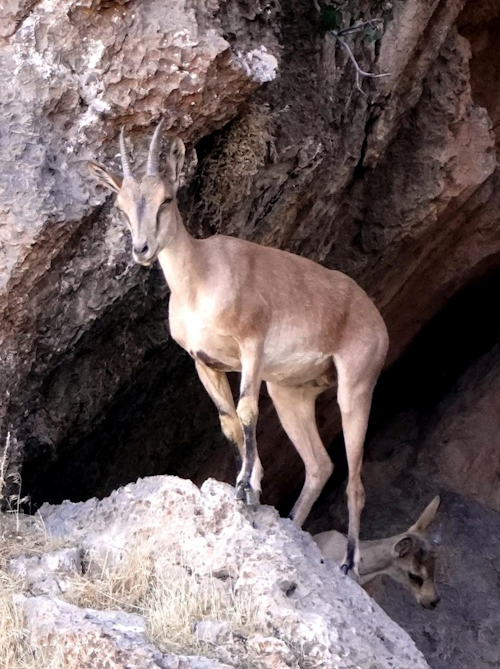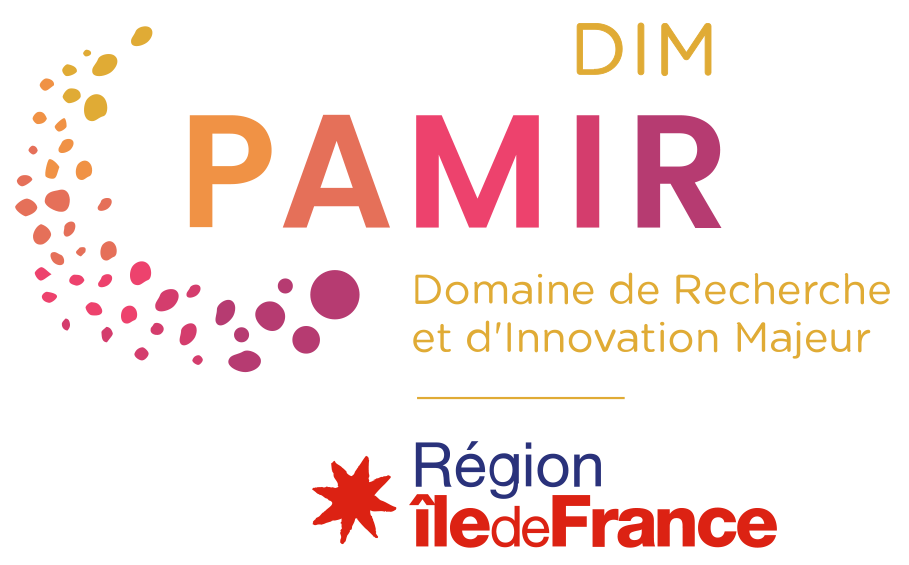
CAPRINES
"Goats hide to die": an integrated approach to fossil accumulations of ovi-caprines in rocky environments
Scientific responsibility :
- Co-supervisors
- Camille Daujeard
- Marjan Mashkour
- Co-tutoring
- Elise Dufour
- Joséphine Lesur
- Agnès Testu
- Olivier Notter
Methodological axes :
Thematic fields :
Disciplinary sectors :
Funding :
- DIM PAMIR
- ED 227 du MNHN
Project ID : IDF-DIM-PAMIR-2024-4-013
Summary :
The fossil record provides a valuable record of the palaeoecology of humans and the animals they coexisted or interacted with. To provide a comprehensive interpretation of these material remains of past human-animal relationships, we propose to implement an approach combining zooarchaeozoology, taphonomic and isotopic biogeochemistry. This project is based on the observation that several Eurasian sites serve as refuges or food-saves for Pleistocene human and animal populations. Many of these sites contain large accumulations of ovi-caprines (ibex, wild goats, chamois, etc), raising the question of their origin: carnivore, anthropogenic, or natural. The interdisciplinary study of seven fossil assemblages of great heritage and museum value, combining naturalistic approaches (taxonomic determination of fossils, documentation of bone surface modifications and fragmentation, etc.) and isotopic analysis, will enable us to question the processes of formation of these sites and their palaeoecological contexts. The recurrent association of ovi-caprines with various carnivores, notable wolves and leopards, raises the question of their trophic interactions (predation, scavenging, synanthropy). Evidence of human activity is also often found at these sites, which were sometimes used as hunting halts. The predation of ovi-caprines in steep environments must have necessitated different adaptation strategies to those used in other ecosystems, revealing close links between humans and ovi-caprines as far back as the Palaeolithic. In addition to these scenarios, these is also the possibility of natural deaths of ovi-caprines that have come to take shelter in these cavities. Ovi-caprine rich sites, depending on the context, therefore have complex taphonomic histories which need to be unravelled. The other component of this project is to document the trajectory of human and ovi-caprine relationships over time, right up to the domestication in the Neolithic period, particularly in Western Europe and South-West Asia.
Legend: Two wild goats in front of the Yafteh cave (Zagros, Iran)
PhD student: Angela Noseda

